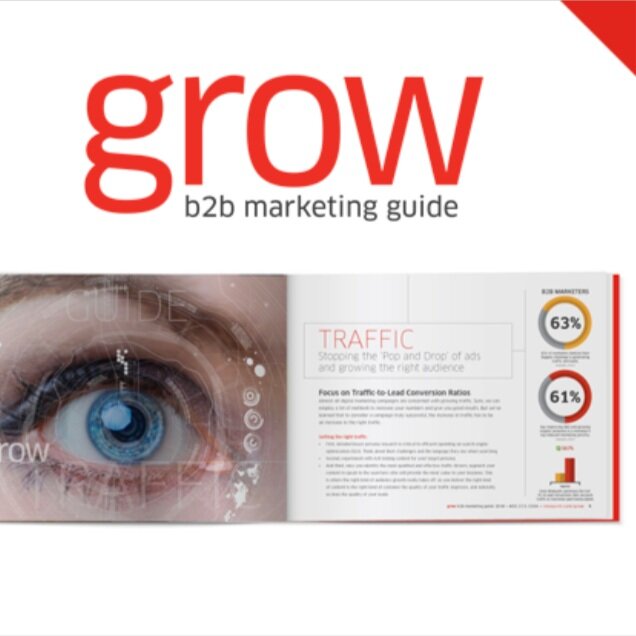 Analyzing your content takes time - a resource no one has a surplus of - and with so much data available, it can be an overwhelming task to even get started. What do you look at? And how often should you be doing it?
Analyzing your content takes time - a resource no one has a surplus of - and with so much data available, it can be an overwhelming task to even get started. What do you look at? And how often should you be doing it?
While you’re focused on executing your marketing strategy, managing people and processes, and trying to keep your sales team and clients happy, analyzing how well your content is working toward meeting your goal KPIs can fall to the bottom of the to-do list.
Here’s how to bring it back up to its rightful place at the top.
Dedicate Time in Your Schedule
Make a standing meeting with yourself or your team and stick to it. Whether it’s a short time you dedicate every morning or an afternoon every week, when you analyze your content on a regular basis, it won’t have time to build up and become an overwhelming task.
Also, don’t forget to rely on the strength of your team. The key is to divvy it up by interest as engaged workers are more productive, more satisfied in their jobs and happier overall.
If someone on your team is in charge of posting on social media, have her round up those numbers. Your Adwords manager can dig into keyword performance both for PPC and SEO. Ask your colleague who’s a big believer in branding to report on abstract analytics like engagement and brand lift. You may be the one who looks at the big picture or draws conclusions from the data, but breaking up analytics into manageable pieces across your team can reduce the burden and get it done regularly.
And remember, you don’t have to analyze each element every day or week. Many times, the success of a marketing campaign can’t be gauged in that short of time. Make the first week of the month all about improving your social media and PPC click-throughs, the second week examine the success of your CTAs and emails. Set up some A/B testing and plan to look at the results during the second week of the next month. The third week, review blog performance and landing pages, and in the fourth week make a plan to meet with sales to examine the customer journey map.
Reduce Distractions
One study found that office workers tend to be interrupted or switch tasks about every three minutes. As bad as that sounds, the study also found that it can take more than 23 minutes to get back to where you left off once interrupted. When it’s time to analyze your data, try these tips:
- Turn Off Email. Even if it’s only for 30 minutes, the constant stream of incoming information is a concentration killer. Shut it all the way down, too, as those pop-ups in the corner of the screen can be hard to ignore.
- Block Off the Time in Your Calendar. When you’ve set aside time for analytics, block out that time on your calendar so others in the office take that time as seriously as you do.
- Send it to Voicemail. If your phone system has a “do not disturb” function, use it, and put your cell phone on silent. If you’re expecting an urgent call, either let someone else be responsible for picking up the call or reschedule your analytics for a time after the call has been handled.
- Schedule Open Time. If you need to be available to your team as much as possible, even when you’ve set aside time to concentrate on analytics, schedule dedicated time when you’ll be open to drop-ins and other interruptions. That way, your team will get used to waiting for these windows to come to you with questions, concerns, and chit-chat.
Use a Data Analytics Platform
Depending on the martech software you use, you could have some helpful data reporting capabilities or integrations right at your fingertips.
HubSpot, for example, allows you to customize your dashboard with up to 10 reports, set up SMART goals to track your monthly progress against custom goals and look at the overall performance of your campaigns with its campaigns tool.
You can also use a tool like Databox, which pulls all of your data sources — including HubSpot, Google Analytics, Salesforce — into one place so you can track your company’s performance with one login using a pre-made or custom template. Another reporting tool, Supermetrics, offers integrations with Google and various social platforms, pulls data into one place and allows you to customize reports.
If you spend a little bit of time now reviewing your options, making use of some free trials and setting up custom dashboards, you could save a lot of time in the long run.
Analytics For the Win
If crunching numbers isn't your favorite activity, it can be difficult to prioritize B2B analytics and find the time to get it done. On the other hand, we all know how important it is to make sure our strategies are working as we want them to. Make a few adjustments to your schedule and consider working with a growth marketing agency that includes reporting and analytics in its deliverables so analytics can take their rightful place in your routine. ![]()







 By
By 
